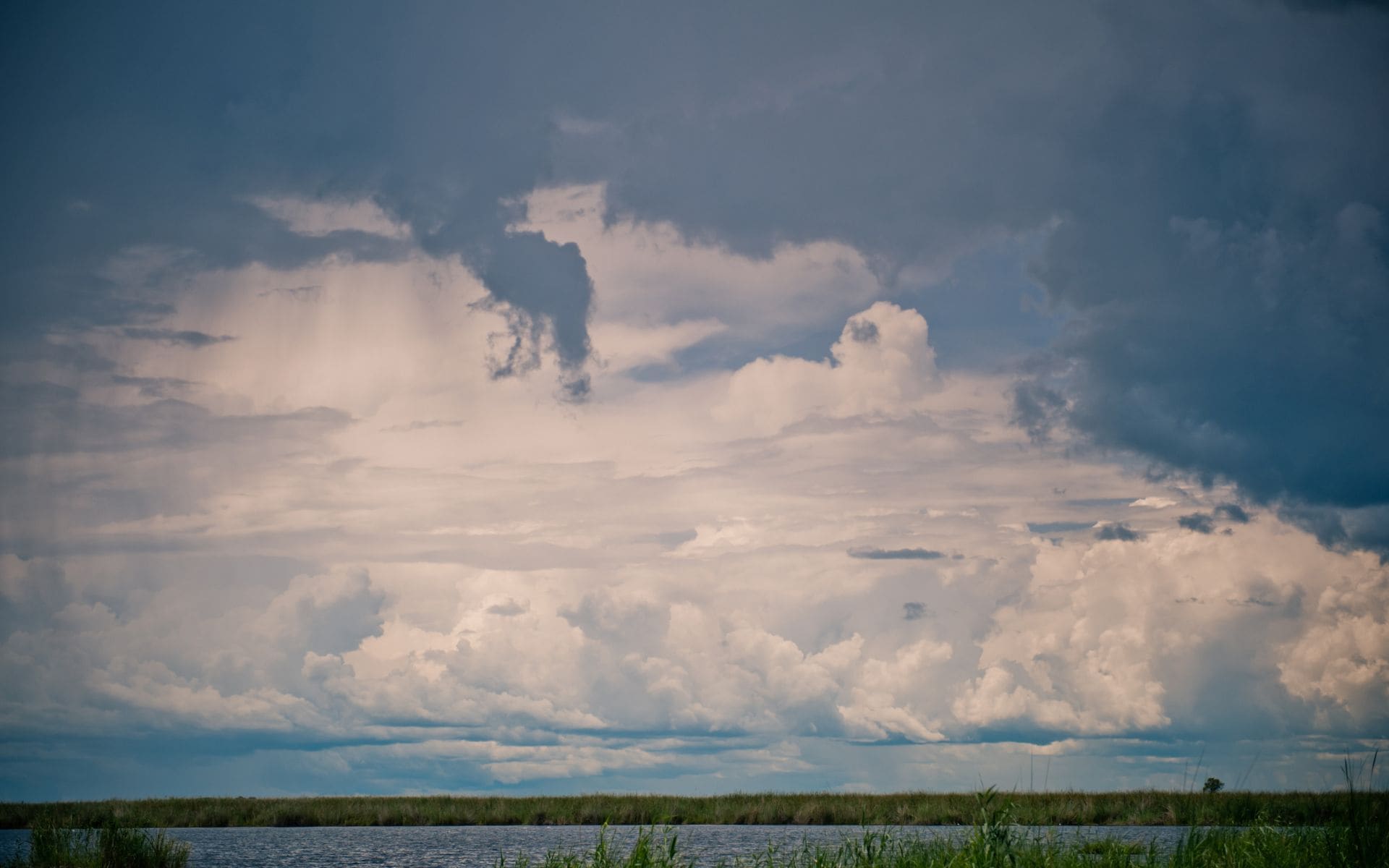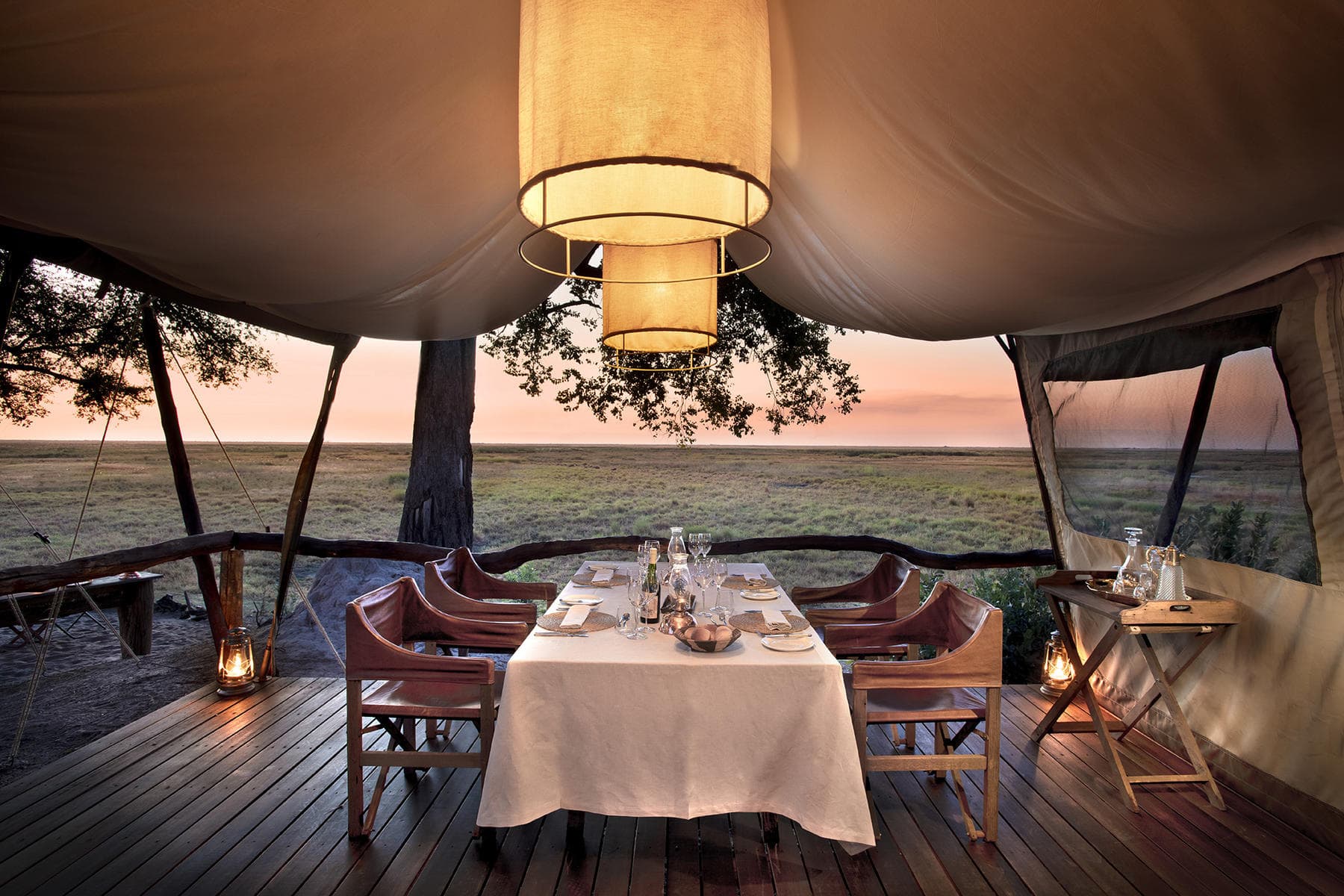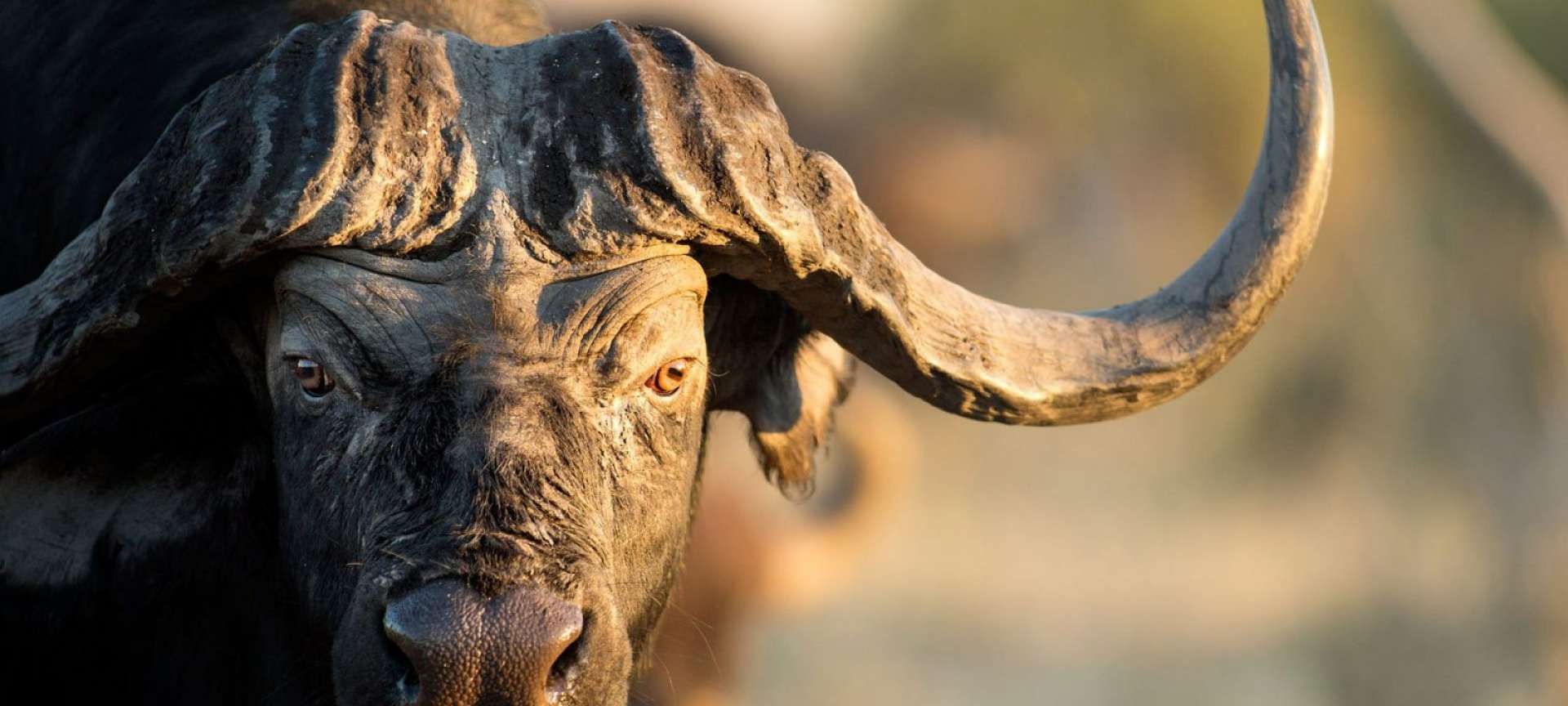Even though November is typically considered a rainy month, don’t let that discourage you! You can still have an incredible safari experience in Botswana. Some parks are bustling with wildlife year-round, and you might even spot different animals than you would see during the drier months. This month also sees the start of the zebra migration, where massive herds of zebras travel across Botswana’s plains in search of prime grazing spots and water.
Weather in November

November marks the start of the rainy summer season. Although days are warm, thunderstorms can occur, so make sure to pack a raincoat.
Average Weather in November
| Temperature | Celsius | Fahrenheit | Rainfall |
| Min | 19℃ | 66℉ | 1.5 inches |
| Max | 34℃ | 93℉ | 3.2 inches |
Destinations to Visit in Botswana During November

Central Kalahari Game Reserve
Although November is the start of the wet season, wildlife viewing is at its prime at the Central Kalahari Game Reserve, as animals gather around the flooding pans. However, early-morning and evening drives can get chilly, so it’s best to layer up.
Linyanti Reserve
November is an excellent time to visit Linyanti Reserve to see the animals splashing through the water. This time of the year also sees migrant bird species begin to enter the reserve from North Africa and Europe. If you’re an avid birder, Linyanti is a must-visit, as it’s internationally recognised as an Important Bird Area (IBA).
Mashatu Game Reserve
In this game reserve, elephants are the main attraction. Lions, spotted hyenas, and cheetahs can also be seen. Other animals in the park include giraffes, zebras, wildebeest, and various antelope species.
Activities to Do in November
- Walking safaris
- Day and night game drives
- Observing animals in wildlife hides
- Photographic safaris
- Birdwatching safaris
- Zebra migration safaris
























